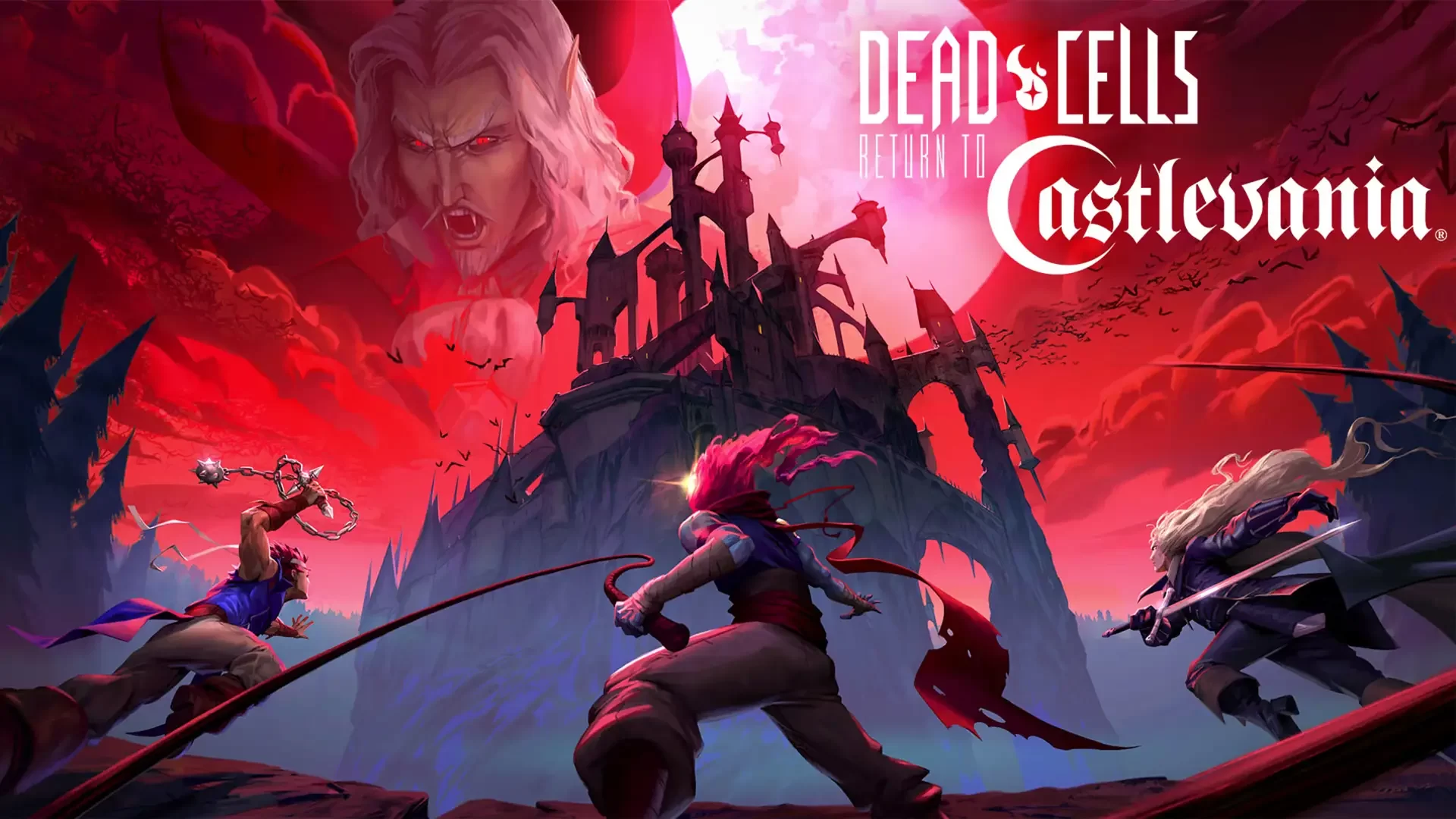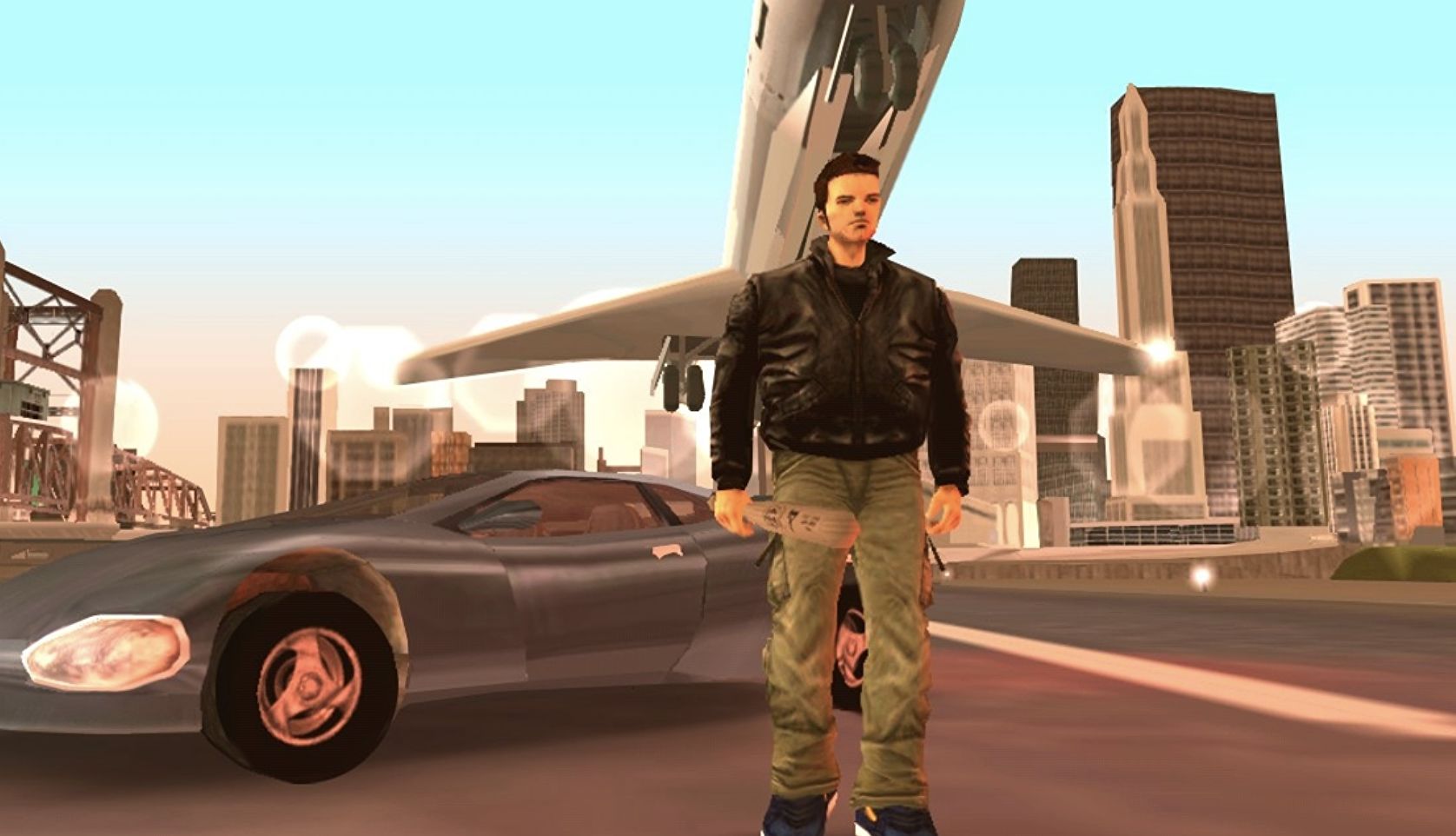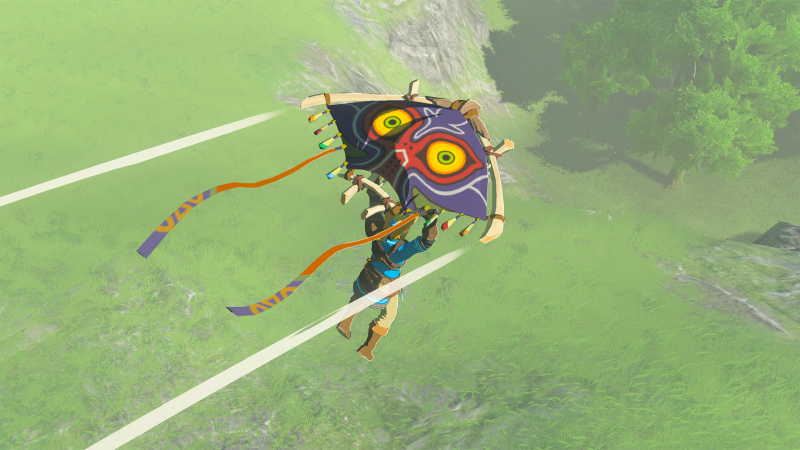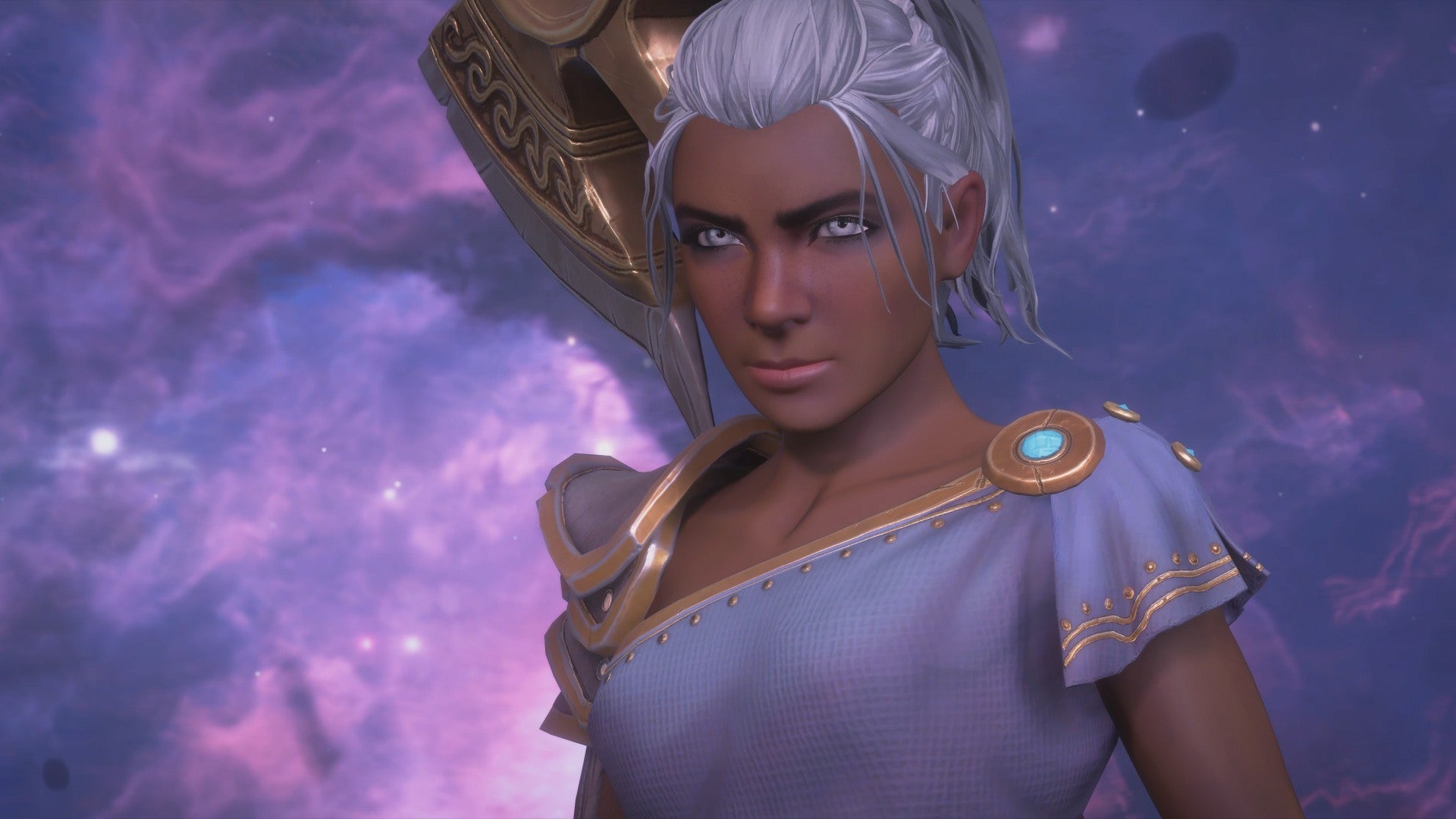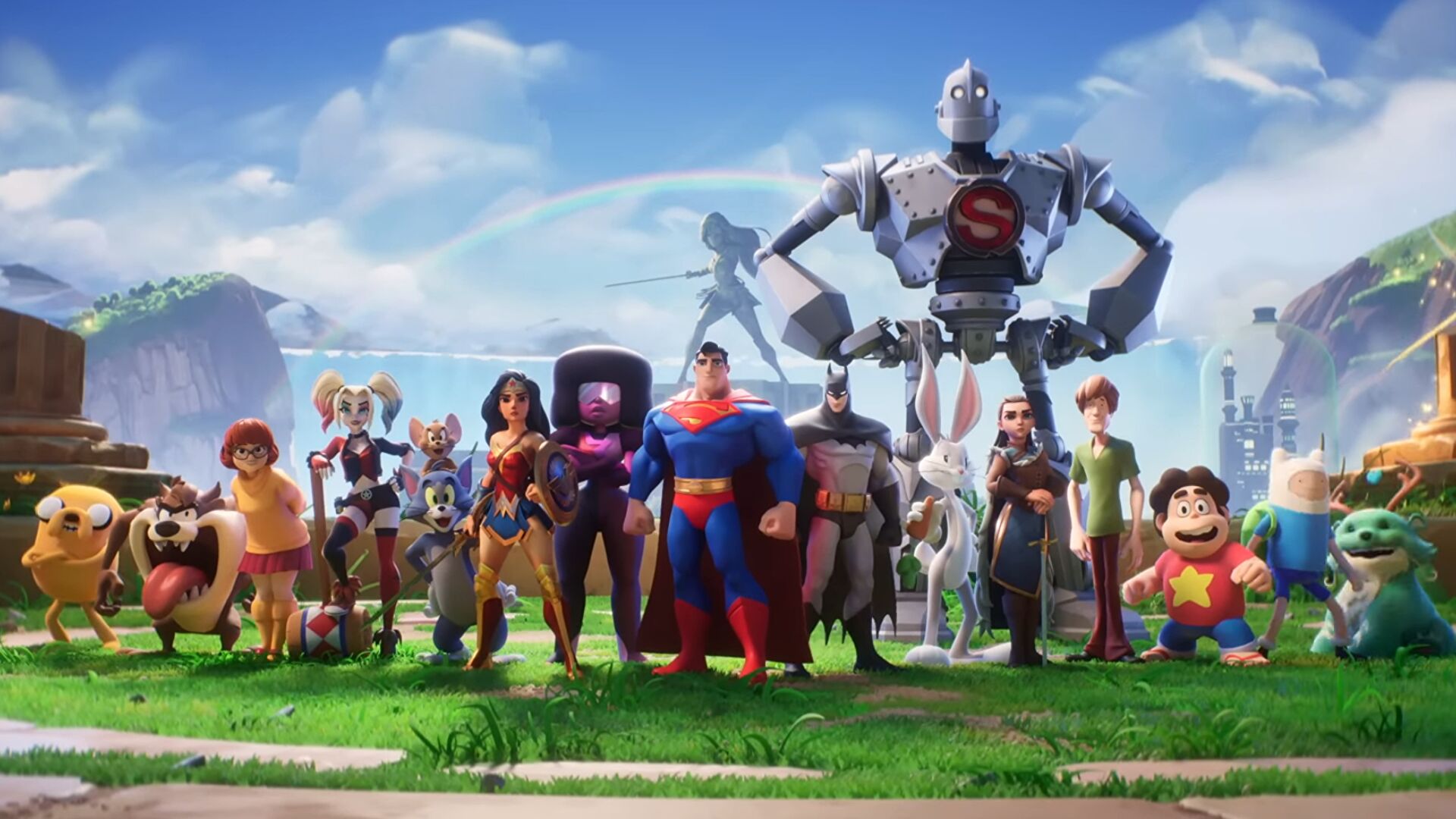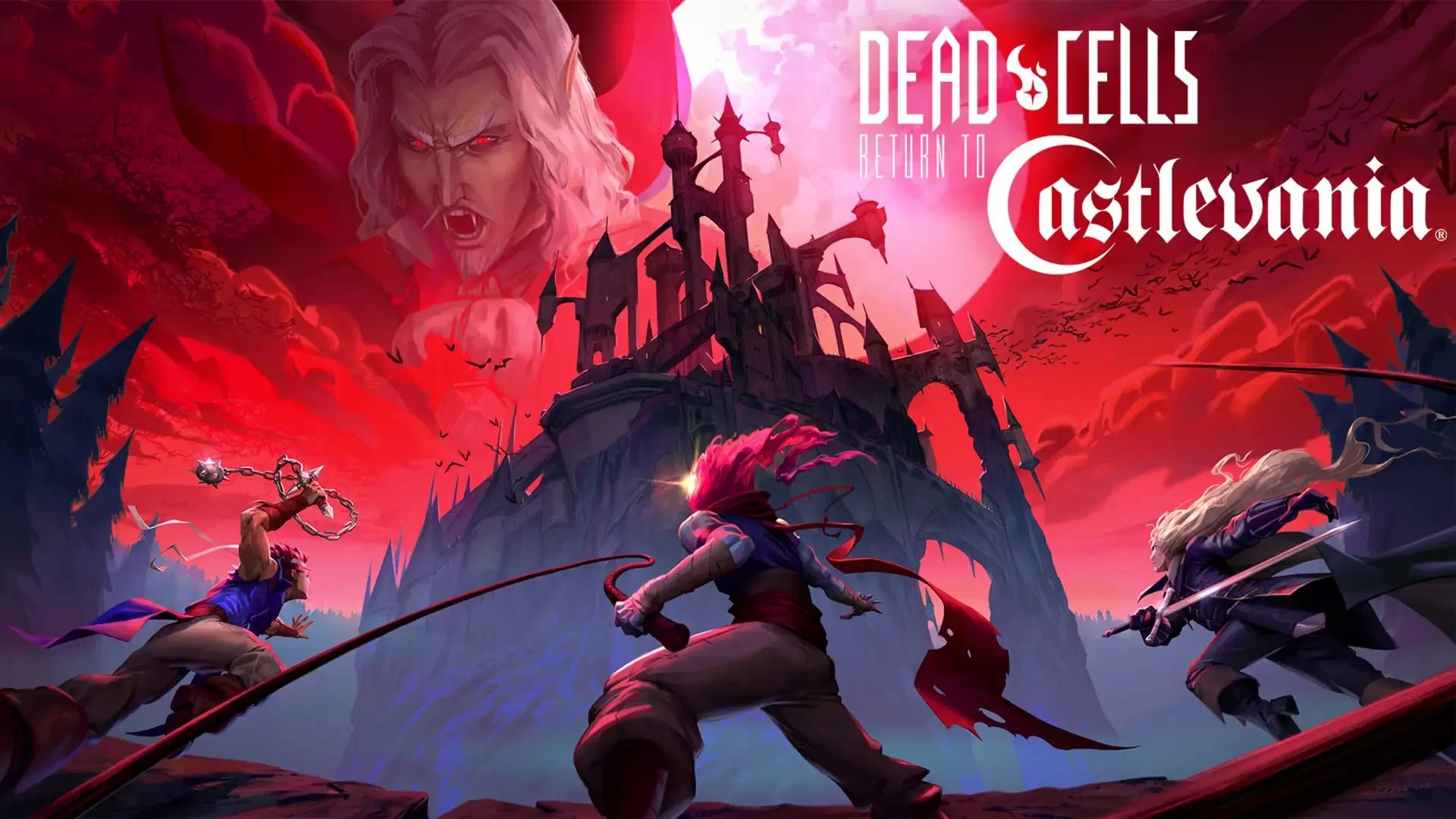
Brutal 2D roguelike Dead Cells just got its Return to Castlevania DLC, and I’ve been wondering how it stacks up to the actual series.
Dead Cells has a history of collaborating with other games, especially other roguelikes, but nothing has been done in this scope with such a well-known franchise.
The Return to Castlevania DLC features 2 new biomes, 14 new weapons, a new gameplay mode, and 9 exclusive enemies, as well as a few boss fights.
Dead Cells: Return to Castlevania
Developer: Motion Twin, Evil Empire
Publisher: Motion Twin
Platforms: PlayStation 4, Xbox One, Nintendo Switch and Microsoft Windows (Reviewed)
Release Date: March 6th, 2023
Players: 1
Price: $9.99
The DLC reads like a love letter to Symphony of the Night, it reimagines the castle with a huge level of detail, which is made even more impressive when you put the game’s randomized environments into consideration.
It manages to create a pretty cohesive layout by using story rooms placed around in a way that wouldn’t feel too out of place in the original game.
Return to Castlevania starts off with the player meeting Richter, who tells us that Dracula has almost awakened and enlists us for help; he also insults the player character’s weird head, but we’ll let it slide for now.
The gate to the castle is closed when we arrive, and those who played the original game know exactly why that is, as the drawbridge comes up behind Alucard during the game’s introduction.
This leads to a really funny subversion of the gate crash sequence, as we see the unique title sequence and hear the iconic music, but instead of fighting our way in and having a badass showdown with Death, we go through a pit filled with merman and skeletons.
Dead Cells has a pretty consistent sense of humor when it comes to the player character, he’s basically a pile of goop that steals corpses, and is treated as such, so even when partaking in a huge event like this, we still don’t even get to do the cool intro sequence.
You can watch me go through the introduction sequence in the video below:
I can’t state how good of a job the DLC does with its soundtrack, including 51 of the game’s original tracks and 12 reimaginated versions of the series’ music.
Seeing the title with the unique font pop up before starting the DLC and hearing Vampire Killer playing is an absolute treat, which fully cements this DLC as some of the best fanservice Castlevania has gotten.
The best part is that you can replace the entire Dead Cells soundtrack with the DLC’s tracks, so even when you aren’t playing the DLC, you can still listen to the music.
After going through the castle and fighting Death, we find out that Return to Castlevania is actually divided in two parts, the first one can be accessed from the beginning of the game, after killing the first boss, and the second one after the Clock Tower, which requires killing the game’s second boss.
This first half is noticeably easier than anything in Dead Cells, and was most likely set up like this to ease players who only got the game for this DLC into the experience.
Upon finishing the first part, we are told by Alucard that we can reach the castle after the Clock Tower, and we are thrown back into the base game.
It makes for a really disjointed experience to get kicked out halfway through the DLC, as the game is now gating the harder content behind its second boss.
Despite being awkwardly divided, it does allow the player to get invested both into Dead Cells and the DLC, at the same time, as you now have the goal of getting further into the game to reach the second part of the castle, this time to fight Dracula for real.
It also helps that the later half of Return to Castlevania is some of the hardest content present in Dead Cells, not only do the enemies get stronger, but Dracula has now awakened and taken notice of you.
In the second part, Dracula constantly shows up to taunt you, spawn projectiles, upgrades enemies to an elite variant, toss bats at you, and even turn the screen upside down, a really nice nod to the original game’s inverted castle.
This does help on keeping the castle level fresh, but at the same time, we are just running through the area again.
This helps accentuate how good Dead Cells is at keeping the base game moving, as you never really go through an entire map with the same enemies twice, there’s a good sense of progress that comes with getting through the map and not seeing those enemies again, and it makes losing progress even more impactful when you get booted all the way to the beginning after death.
This, unfortunately, is a problem that is enhanced by the DLC’s choice of splitting into two parts, as you now go through the same area again, but harder.
Dracula does a decent job at keeping the level fresh, and you get a new boss fight that wasn’t there before, but it shows that they could have just committed to the game’s brutal nature, rather than taking it easy on the first half.
Thankfully, the final showdown against Dracula is a perfect homage to the Castlevania series, not only does he move in incredibly smooth and well-animated motions, but he also has a brutal moveset and is one of the hardest bosses in Dead Cells.
I don’t want to spoil Dracula’s boss fight too badly because he’s an absolute highlight in this DLC, going through all this trouble to reach him is absolutely worth it for the boss fight, and I encourage any Castlevania fan to try out the DLC.
In conclusion, Return to Castlevania is a really good homage to the series as a whole, and possibly the closest we are getting to a new 2D castlevania game.
The DLC has issues trying to accommodate new players, but it’s still worth playing for its fun weapons, fantastic boss fights, and great usage of iconic music.
Dead Cells: Return to Castlevania was reviewed on Microsoft Windows using a game code provided by Motion Twin. You can find additional information about Niche Gamer’s review/ethics policy here. Dead Cells: Return to Castlevania is available for PlayStation 4, Xbox One, Nintendo Switch and Microsoft Windows.
